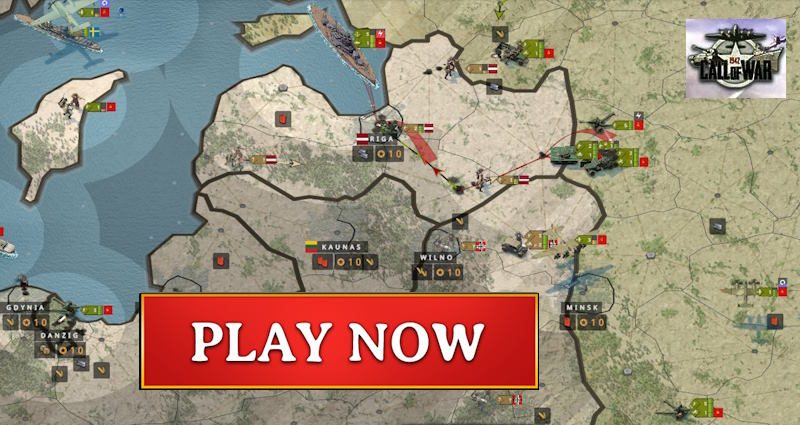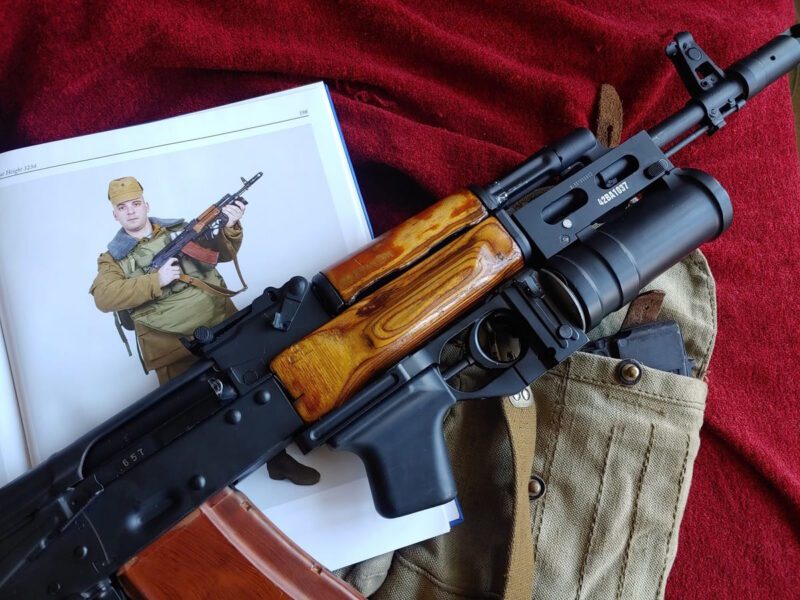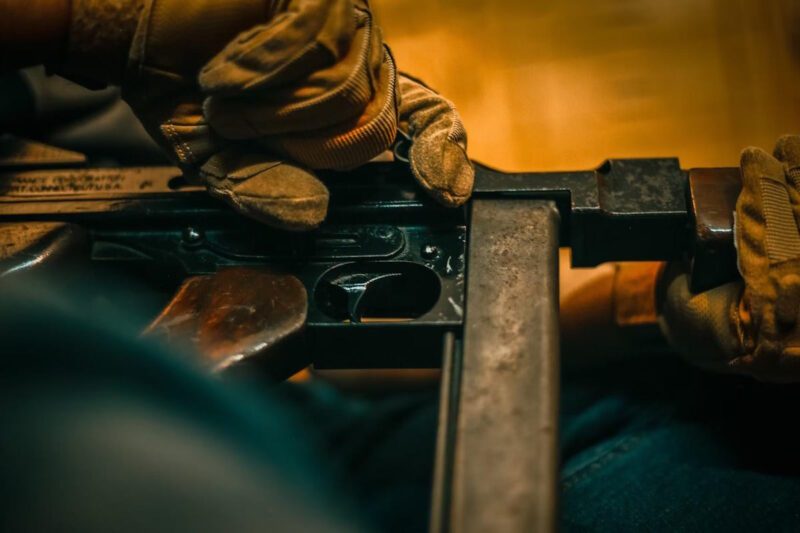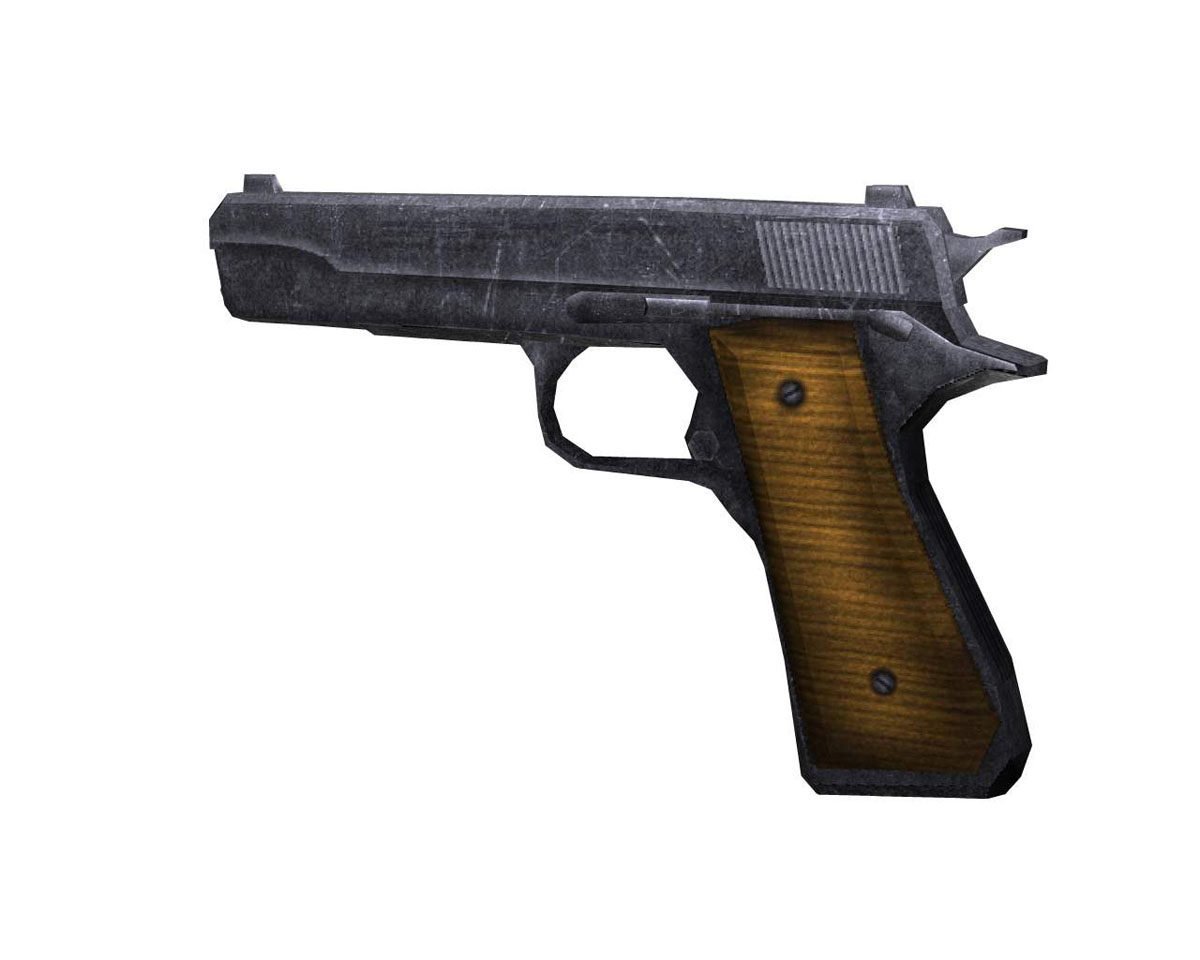One of the most persistent misconceptions in firearms history claims that AK pistols saw action during World War II. This myth has spread across internet forums, video games, and even some historical documentaries, creating confusion about the actual timeline of Soviet weapons development. At USA Gun Stores, we believe accurate historical knowledge is essential for understanding modern firearms and their evolution.
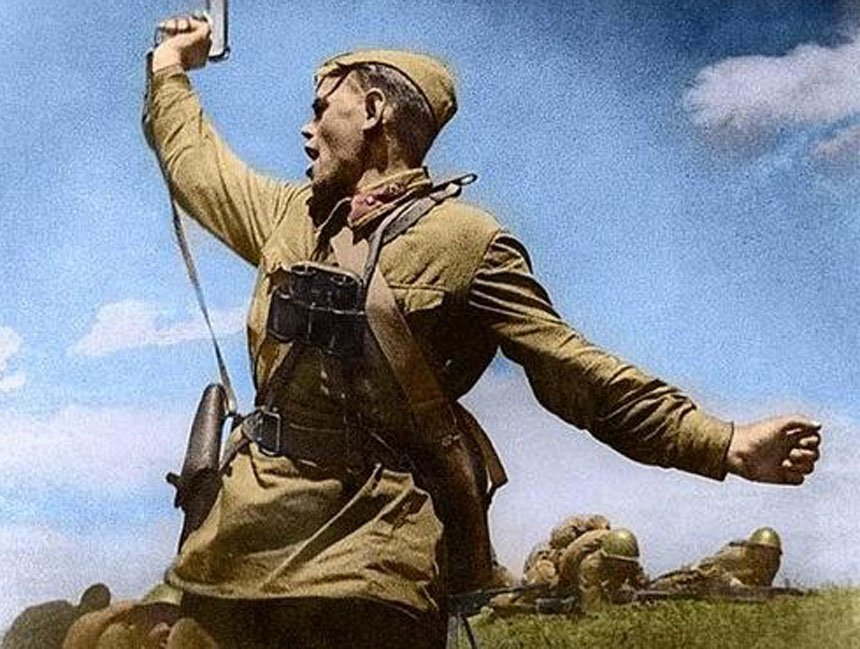
The truth is simple: AK pistols did not exist during World War II. In fact, no AK-pattern weapons of any kind were used in the conflict. This historical reality might disappoint those fascinated by the idea of Soviet soldiers wielding compact AK pistols in the streets of Berlin, but understanding the real story reveals a far more interesting tale of innovation and development.
The Post-War Soviet Vision
Table of Contents
The AK platform, including modern AK pistols, emerged from post-war Soviet military thinking that sought to revolutionize small arms design. The vision that would eventually create the legendary Kalashnikov rifle family was born from combat experiences during WWII, but the actual weapons came years later.
Soviet designers analyzed lessons learned from the brutal Eastern Front fighting and began developing concepts that would eventually lead to intermediate cartridge weapons. However, during the war itself, Soviet forces relied on entirely different weapons systems that had been in development since the 1930s.
Soviet Sidearms Before and During WWII
The Tokarev TT-33
The primary Soviet sidearm during World War II was the Tokarev TT-33, adopted in 1933 and serving throughout the conflict. This robust pistol fired the powerful 7.62×25mm Tokarev cartridge and represented the pinnacle of Soviet handgun design at the time.
Key characteristics of the TT-33 included:
- Powerful cartridge – The 7.62×25mm round offered excellent penetration
- Simple design – Fewer parts meant easier field maintenance
- Reliable operation – Functioned well in harsh combat conditions
- Mass production – Could be manufactured quickly in wartime factories
The TT-33’s design philosophy emphasized simplicity and reliability over comfort or ergonomics, reflecting Soviet military priorities during the desperate war years.
Other Influential Designs
Soviet forces also employed various other sidearms during WWII, including captured German weapons and older Russian designs. The Nagant M1895 revolver continued to see service, particularly among officers and rear-echelon troops. Various foreign weapons, including American Lend-Lease pistols, supplemented Soviet armaments.
These diverse firearms provided valuable combat experience that would influence post-war development. Soviet designers carefully studied the strengths and weaknesses of different systems, gathering data that would inform future projects.
Bridging the Gap Between Pistols and Carbines
The Pistol-Caliber Submachine Guns
During WWII, the Soviets made extensive use of submachine guns, particularly the PPSh-41. This weapon fired the same 7.62×25mm cartridge as the TT-33 pistol, creating logistical advantages and demonstrating the potential for weapons that bridged the gap between pistols and rifles.
The PPSh-41’s success influenced Soviet thinking about intermediate weapons. Its effectiveness in close-quarters combat showed the value of compact, rapid-fire weapons that could deliver substantial firepower while remaining manageable for individual soldiers.
Conceptual Leap to Intermediate Cartridges
The real breakthrough came from studying German developments, particularly the StG 44 assault rifle and its intermediate cartridge. Soviet designers recognized that future warfare would require weapons that combined the portability of submachine guns with the range and power of rifles.
This realization led to the development of intermediate cartridges and the assault rifle concept that would eventually produce the AK-47. However, this development occurred entirely after WWII ended, making any wartime use of AK-pattern weapons historically impossible.
The Birth of the AK Family
Post-War Development Timeline
The actual AK development timeline clearly shows why WWII AK pistols are impossible:
- 1943-1945 – German StG 44 development influences Soviet thinking
- 1943 – Soviet 7.62×39mm intermediate cartridge development begins
- 1946 – Kalashnikov begins work on automatic rifle designs
- 1947 – First successful AK-47 prototypes emerge
- 1949 – AK-47 enters limited production
- 1950s – Full-scale AK-47 adoption and production
Even the basic AK-47 rifle didn’t exist until after the war ended. Pistol variants came much later as the platform evolved and diversified.
Why No AK Pistols in WWII
Several factors made WWII-era AK pistols impossible:
- Technical limitations – The intermediate cartridge concept was still in development
- Design priorities – Soviet focus was on proven, production-ready weapons
- Manufacturing capacity – Factories were dedicated to existing designs
- Combat urgency – No time for experimental weapons development
The Soviet Union needed weapons that could be produced immediately and reliably. Experimental designs like what would become the AK platform were luxury items that the desperate war effort couldn’t accommodate.
Debunking Misconceptions
Internet Myths and Historical Reality
The AK pistol WWII myth likely stems from several sources:
- Video games – Many games include anachronistic weapons for gameplay variety
- Movies and TV – Entertainment often prioritizes visual appeal over historical accuracy
- Misidentified photos – Other Soviet weapons sometimes get misidentified as AK variants
- Wishful thinking – The idea of compact, powerful Soviet pistols appeals to many enthusiasts
Understanding the real timeline helps separate entertainment fiction from historical fact. While modern AK pistols are fascinating weapons with their own important history, they simply weren’t part of the WWII story.
Separating Pistols from Rifles in Historical Context
The confusion often arises from not understanding how weapons categories evolved. During WWII, the line between pistols, submachine guns, and rifles was clearer than today. Modern AK pistols blur these categories in ways that weren’t possible with 1940s technology and thinking.
WWII-era weapons development followed more traditional categories:
- Pistols – Personal defense weapons with limited range
- Submachine guns – Rapid-fire weapons for close combat
- Rifles – Primary infantry weapons for varied engagement ranges
Conclusion
The myth of AK pistols in World War II demonstrates how historical misconceptions can spread in the digital age. While these stories might seem harmless, accurate historical knowledge helps us better understand both past conflicts and modern weapons development.
The real story of Soviet weapons development during and after WWII is far more interesting than any myth. The lessons learned from brutal combat experience directly influenced the revolutionary designs that emerged in the post-war years, including the AK platform that eventually gave us modern AK pistols.
Today’s firearms enthusiasts can appreciate both the historical reality of WWII Soviet weapons and the innovative modern designs that evolved from those wartime experiences. Understanding this timeline helps us make better decisions about firearms selection and deepens our appreciation for the engineering achievements that brought us from the simple TT-33 pistol to today’s sophisticated AK-pattern weapons.




